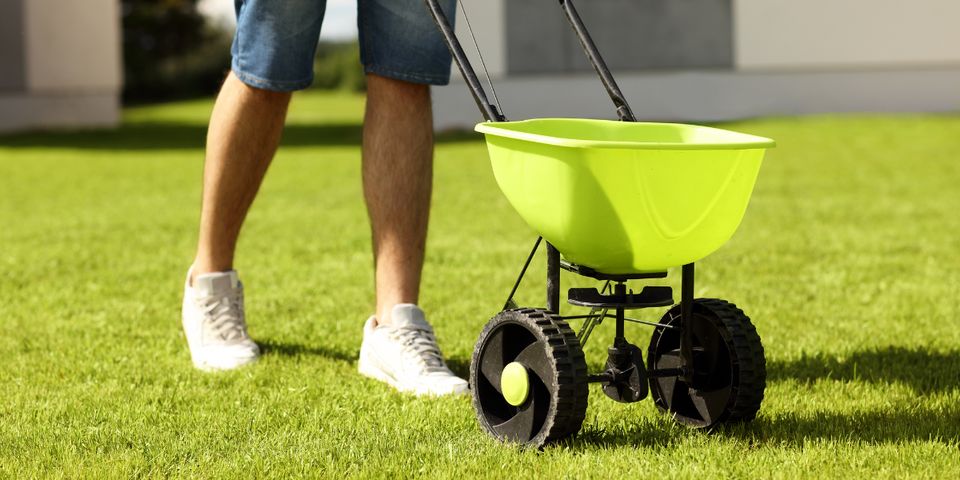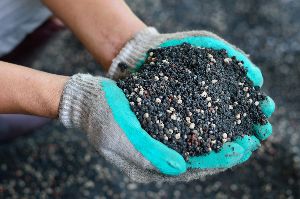
Lawn maintenance can feel overwhelming, especially for first-time homeowners who haven't cared for a yard before. One of the most important steps to keeping your grass vibrant is fertilizer, which encourages growth and continued health throughout the year. Whether you grow zoysia, paspalum, St. Augustine, or Bermuda grass, here are some tips on how to properly fertilize a lawn.
A Guide to Fertilizing Your Grass
1. Test the Soil
Before shopping for fertilizer, determine your soil's nitrogen, phosphorus, and potassium levels, known as NPK levels after their abbreviations on the periodic table. These level numbers will help determine the type of fertilizer your lawn needs in order to thrive. You can purchase at-home soil test kits that have you collect a soil sample, place it in a provided envelope, and mail it in. The results will come back in seven to ten days.
2. Read Labels
Once your NPK level results return, head to a local lawn care store and find the fertilizer section. Each package of fertilizer should have a label bearing three numbers—for example, 5-5-5. The first number is the nitrogen level, the second is phosphorus, and the third is potassium. The 5-5-5 mix is a standard formula for encouraging growth, but if the numbers on your soil test are different, find the fertilizer with a label that most closely matches your lawn's specific needs.
3. Choose the Formulation

On top of choosing the right balance of nutrients, you can also pick specific formulations of fertilizer for different purposes. Fast-release fertilizer quickly adds nutrients to your lawn and is less expensive, but it needs to be replaced more often. Slow-release fertilizer, on the other hand, lasts longer but also takes longer to produce desirable results. This is a more expensive option but is a good investment for your home. Other formulas include weed-and-feed, which helps prevent weed growth, or lawn starter, which gives a boost to newly planted sod.
4. Know What Your Grass Needs
Determine which species of grass make up your lawn so you can not only get the right fertilizer but also spread it at the right time of year. For example, warm-season grasses like Bermuda grass or emerald zoysia thrive in direct sunlight and warmth, and they are drought-resistant. These grasses should be fertilized two to four times per year.
The best times to fertilize are at the start of spring and the end of summer. When spreading fertilizer, remember to do it either in the morning or the evening to prevent the nutrients from being scorched by the sun.
If your lawn needs an extra boost, come to Alii Turf in Wahiawa. This Oahu team will help all lawn grasses, from zoysia to Bermuda grass, stay healthy and thriving. Their experts are based out of their locally run farm and provide premium turfgrass for clients throughout the Hawaiian Islands. For a free quote, call (808) 293-8873 or visit them online.
About the Business
Have a question? Ask the experts!
Send your question

